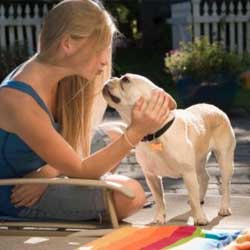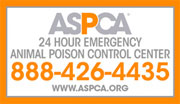Dog training the stand command.
At first, you may wonder why training the stand command for obedience training is needed at all.
My dog stands all the time!...right! well, the stand compliments the down and sit commands.
We need the dog to perform a stand at various times and for an assortment of reasons.
Its beneficial when at the Veterinaries office, on a weight scale, a groomers table, or bathing at home.

The stand also adds variety to the daily obedience training as it will offer a challenge to the dogs response anticipation of sit and down with a stand throw in.
I should also mention its not as easy as it may sound to properly train a stand, as the dog should firmly be on all fours, not be walking forward and not moving. Lets get started .
Basics
- Set your dog up for success and choice a quiet corner or room to begin with minimal distractions.
- As always, we need to coax the dog into a stand position with a lure. Start with your dog in a sitting position, (using the sit command) and with a treat in hand.
- Hold the treat a few inches away from the dogs nose with your palm facing him. Say stand and slowly draw the treat away from the nose in a horizontal manner, parallel to the floor. Use verbal encouragement to help him follow the treat.
- When the dog stands, without walking forward, immediately lavish with praise and reward with the treat.
- If your dog remains seated, the treat may be being held too high. Simply adjust it a little lower.
- Repeat the command and the verbal stand for a few more times until your dog is firmly on all fours without moving into a walk.
- Take a break if the dog is having problems with obedience training during stand command. Stay positive and confident and youll soon be happy with the dogs response. Progress and excellent obedience is always rewarded and praised.
Whats next?
- If youre happy with the success so far, and your dog has a solid stand its time to apply a hand command along with the verbal training. The most common hand signal is with your palm facing your dog, and moving your hand away from the dogs nose in a horizontal motion, parallel to the ground.
- Try the hand and verbal command first with a treat in your palm, to encourage the dog with proper response learned earlier.
- The need for a treat lure will soon no longer be needed, but it will be offered as a reward after proper response along with praise of course.
- Exercise using the verbal obedience command only and the hand signal alone often during the day.

Challenge the training by introducing distractions. Youll find that the stand command will come into play more often than you think in everyday life.
Combine it with sit and down commands to keep your dog guessing as to which command will come next.
Make a mini session out of it, and reward excellent obedience performance with an exceptional reward. Praise for successful training can be reward enough for most dogs, but add a belly rub and a walk to the mix and youll have one happy dog.
Remember to reward yourself too for a job well done!
Best wishes from dog care basics

Brand new look! Hope you like.
A victory against puppy-mills in Missouri after Prop B vote
Jon Stewart's "The Daily Show" spin on Prop B...hillarious (11/11/10) Clip#2







